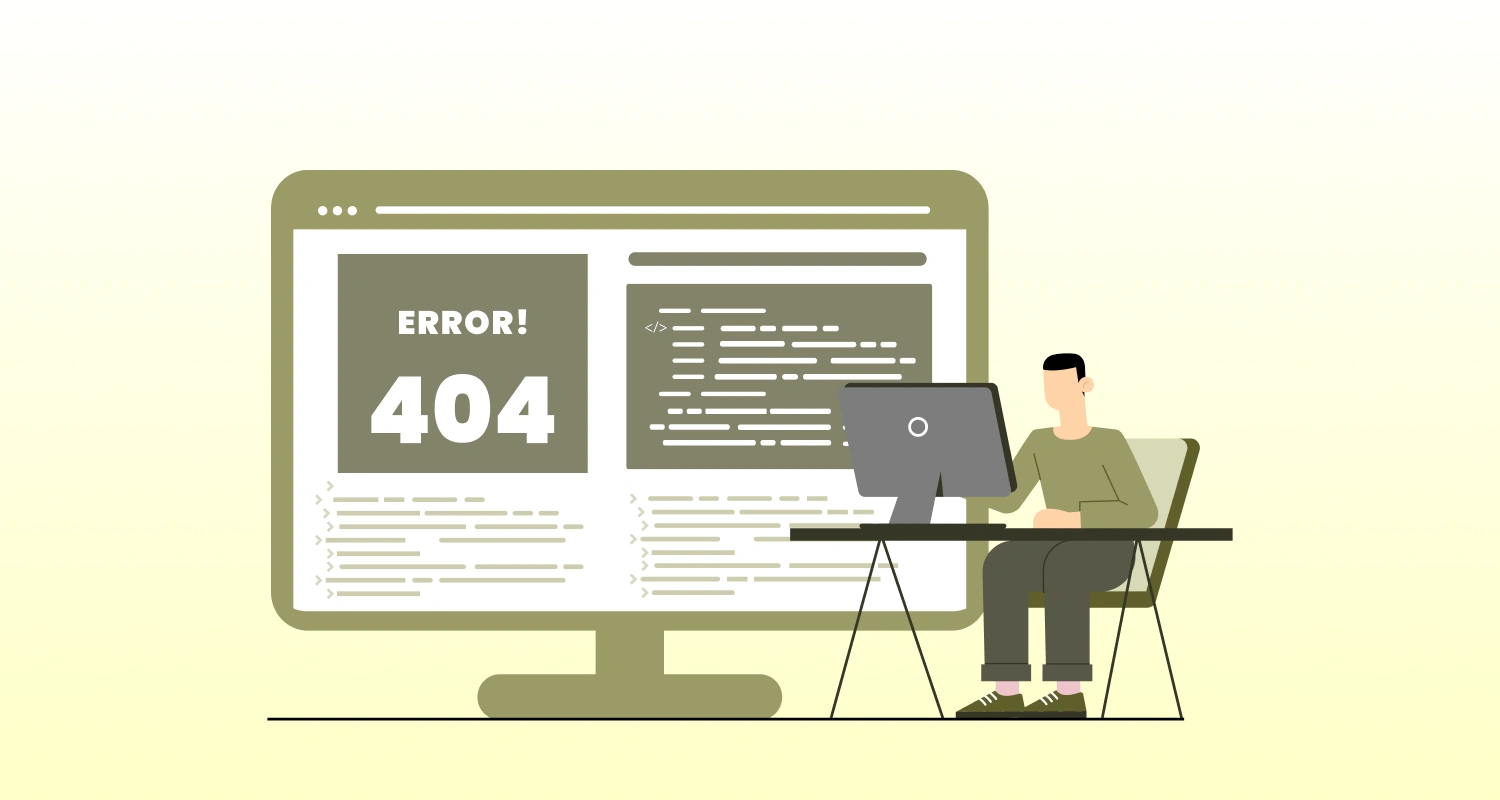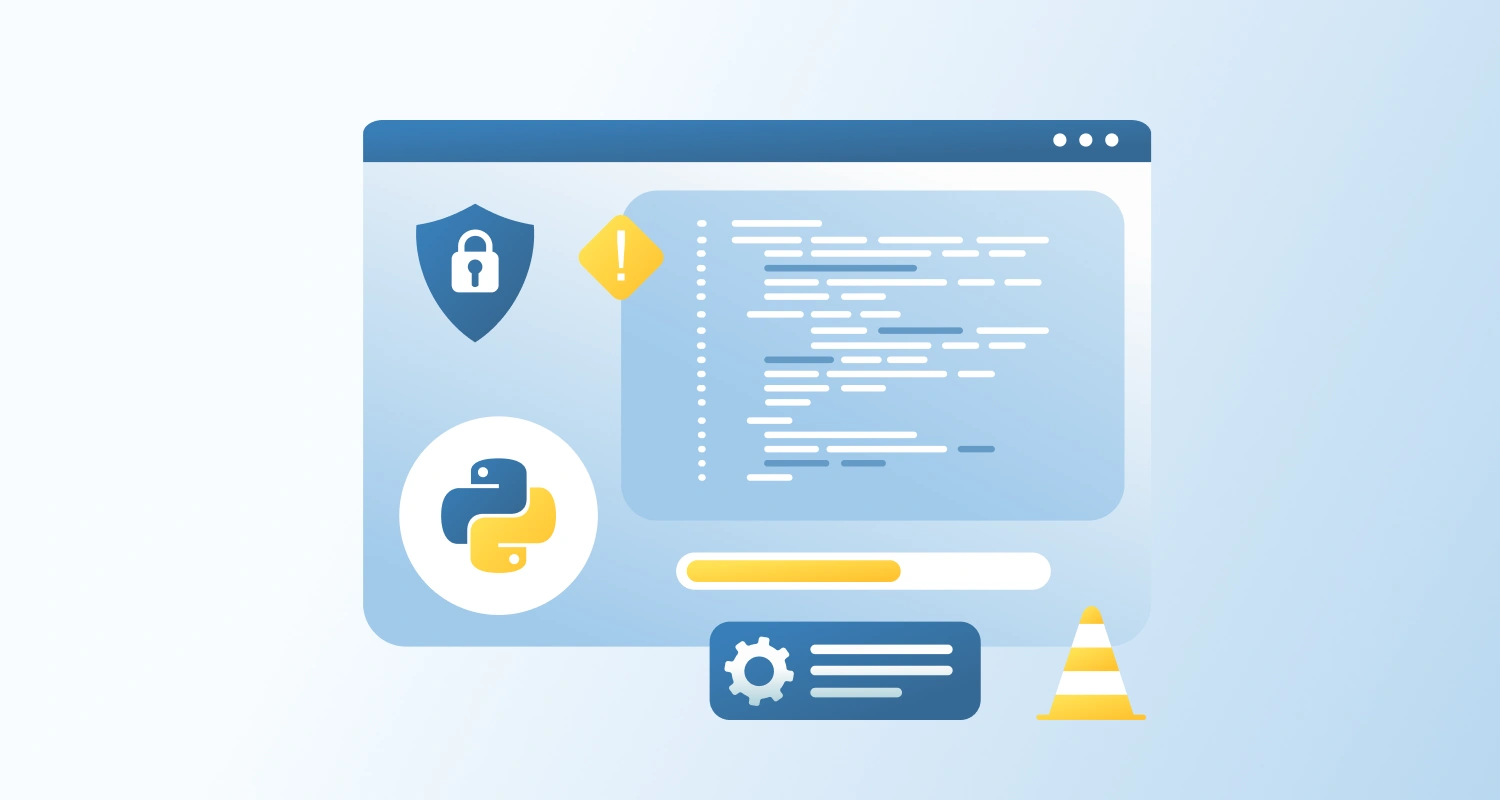Code injection is a cyberattack where the attacker injects malicious code to your website through user input fields or vulnerable points in the code. These injections can exploit vulnerabilities in a WordPress site, leading to data theft, site defacement, or even remote server access. Understanding how code injection works and how to avoid it is for maintaining a secure WordPress site.
What is Code Injection?
Code injection occurs when an attacker exploits a vulnerability in a website’s code and injects malicious code. This code could be SQL commands, JavaScript, or other types of code that execute when the website loads.
Code injection can occur in different places, including theme files, plugin code, and user input forms.
Common types of code injection include:
- SQL Injection: Malicious SQL queries are inserted into a database query, often through user input, to manipulate the database or retrieve sensitive information.
- Cross-Site Scripting (XSS): Attackers inject malicious JavaScript into web pages, which then runs in the user’s browser, potentially stealing cookies or redirecting users to malicious sites.
- Command Injection: Malicious code is inserted into system commands executed by the server, potentially allowing attackers to execute arbitrary commands on the server.
How to Prevent Code Injection in WordPress
User Input Validation and Sanitization
Never trust user input, especially when it’s used to interact with databases or the server. Always validate and sanitize data before processing it.
Use WordPress’s built-in functions to validate and sanitize input:
sanitize_text_field() for text input.
esc_sql() for SQL queries.
esc_url() for URLs.
sanitize_email() for email addresses.Example
$user_input = sanitize_text_field($_POST['user_input']);Use Prepared Statements
Always use prepared statements instead of directly including user input in SQL queries. This prevents attackers from injecting malicious SQL.
Example:
global $wpdb;
$wpdb->query(
$wpdb->prepare("SELECT * FROM wp_table WHERE id = %d", $user_input)
);Escape Output
Always escape any data that will be displayed to the user. This prevents attackers from injecting malicious HTML, JavaScript, or other scripts into your site’s content.
Use WordPress functions like esc_html() for HTML output and esc_js() for JavaScript content.
Example:
echo esc_html($user_input);Disable PHP Execution in Untrusted Directories: To prevent attackers from uploading and executing malicious PHP files, ensure that directories such as wp-content/uploads do not allow PHP execution. You can do this by adding the following line to the .htaccess file:
<Files *.php>Deny from all
</Files>Keep WordPress Core, Themes, and Plugins Updated
Outdated software is a common entry point for code injection attacks. Always keep your WordPress core, themes, and plugins updated
Use Nonces for Forms
WordPress nonces are used to verify that the request to submit a form is legitimate and not from an attacker. Always include nonces in your forms to protect against CSRF (Cross-Site Request Forgery) attacks.
Example:
wp_nonce_field('my_form_action', 'my_nonce');Limit what users can do as per their role. For example, users with lower-level permissions shouldn’t be able to access sensitive areas like file uploads, settings changes, or command execution. Keeping these actions restricted helps protect your site from accidental mistakes or potential security risks.
Regularly Scan for Vulnerabilities
Use security plugins like Wordfence or Sucuri to scan your WordPress site for vulnerabilities, including code injection risks. Regular scans can help detect suspicious activity early and prevent attacks
Conclusion
Code injection is an alerting security risk that can give attackers unauthorized access, steal data, or even take full control of your WordPress site. To avoid this, it’s important to validate and sanitize all user input, use prepared statements for database queries, and properly escape any output. Following security best practices goes a long way in keeping your WordPress site safe. Stay proactive by keeping your plugins, themes, and WordPress core up to date, and make it a habit to scan your site regularly for potential vulnerabilities.





